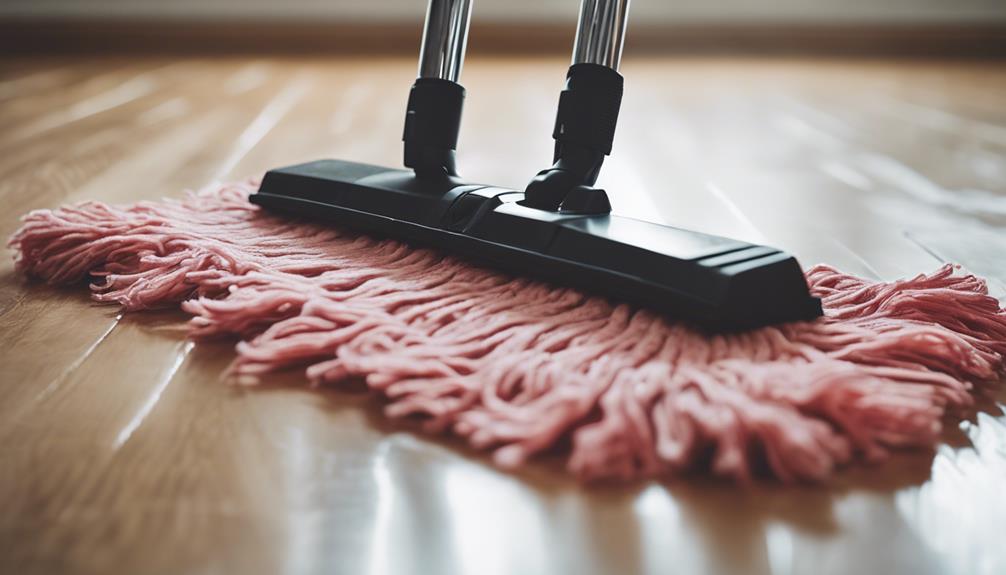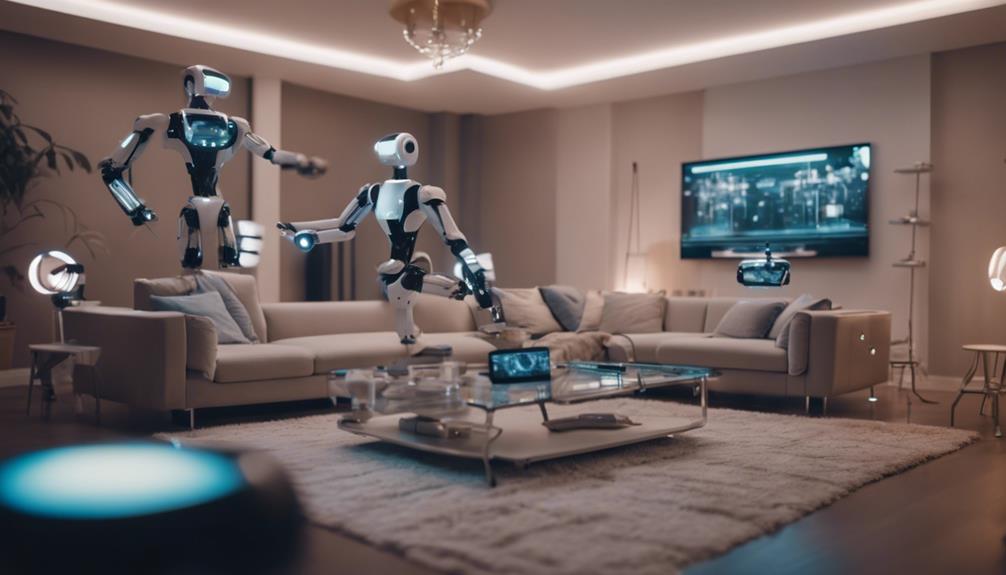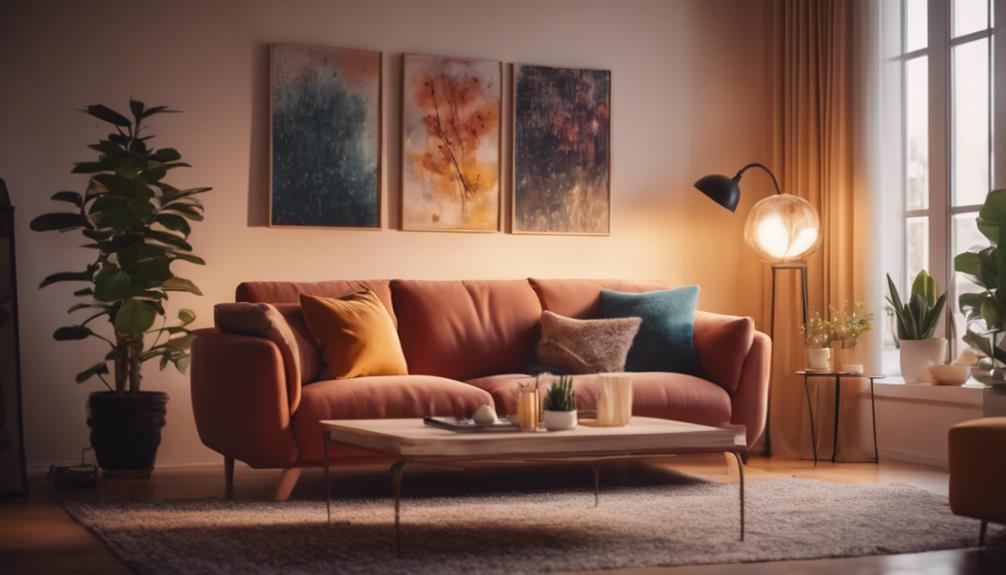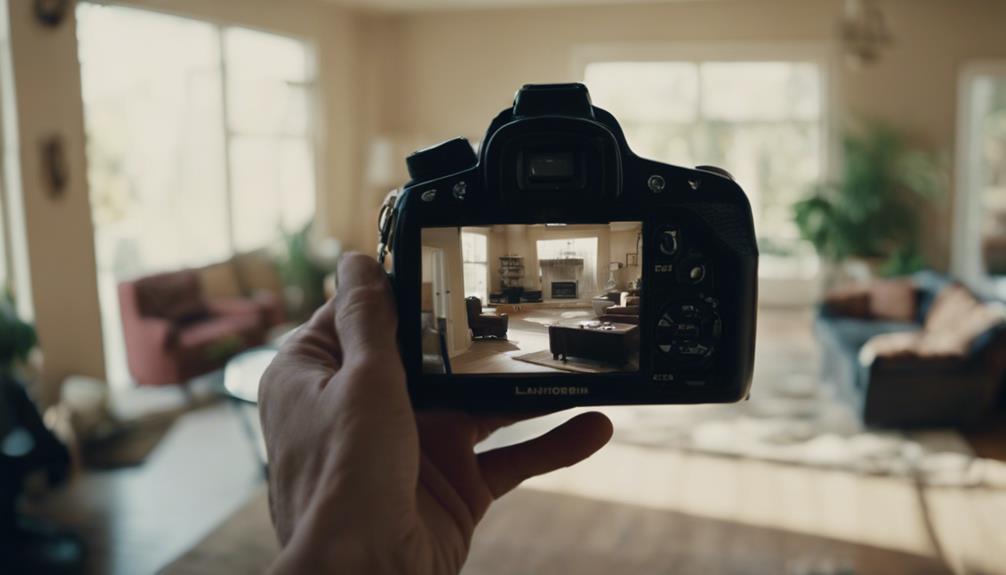Wondering how interior designers charge? They offer various pricing methods like flat fees or percentage-based charges—giving you options for your project's budget. Hourly rates range typically from $75 to $250 depending on experience levels. Fixed fees are set beforehand, ensuring clear cost expectations and smooth projects. Percentage-based charges vary, usually between 10% to 45% of the total project cost. Retainer fees and markups are common practices to cover initial costs and manage expenses efficiently. Understanding these methods helps you make informed decisions for your next design endeavor!
Key Takeaways
- Interior designers charge using flat fees or percentage-based methods.
- Hourly rates vary based on experience levels and services provided.
- Fixed fees offer cost clarity for projects with defined scopes.
- Percentage-based charges are calculated as a portion of the total project cost.
- Retainer fees and markups ensure financial commitment and cover initial expenses.
Pricing Methods Used by Interior Designers
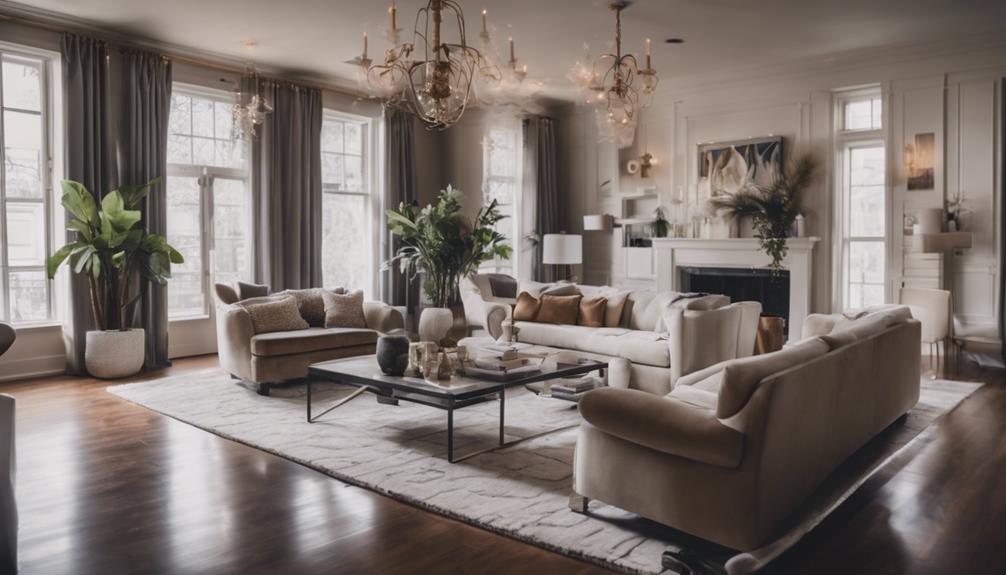
Interior designers commonly utilize various pricing methods to charge their clients for their services. When it comes to pricing, designers may offer a flat fee structure, where you pay a set amount for the entire design project. This method provides transparency and clarity from the beginning, ensuring you know the total cost upfront.
Another common approach is charging a percentage of the project cost. In this scenario, designers typically take a percentage, usually ranging from 10% to 45%, of the total project expenses. This percentage may also include markups on purchases and services, which can fall between 20% to 35%.
Choosing between a flat fee or a percentage-based pricing model depends on the scope and scale of your design project. Flat fees work well for those who prefer a clear-cut cost, while a percentage of project cost may be more suitable for larger projects where costs can vary.
Hourly Rates for Interior Design Services
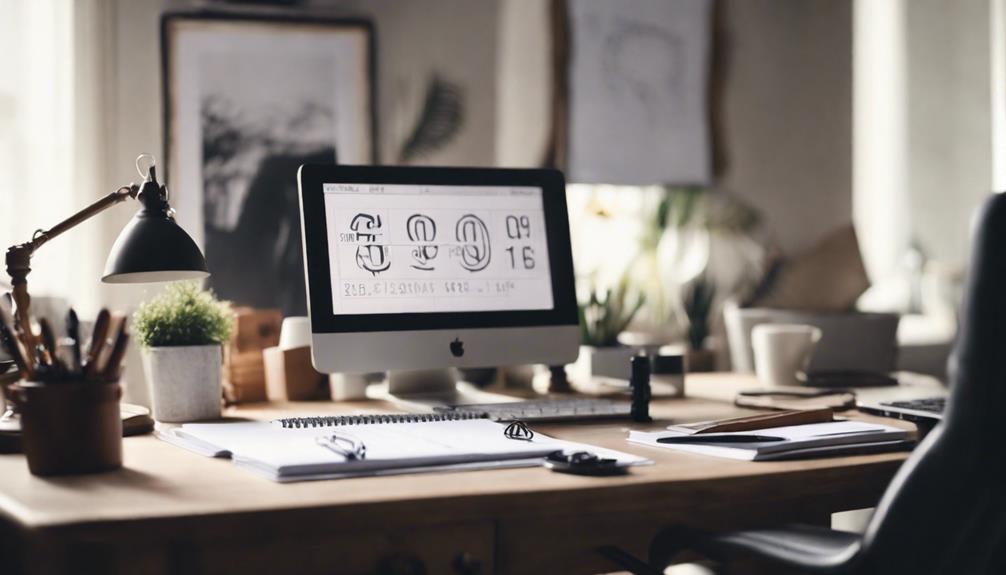
When considering interior design services, clients often encounter a range of hourly rates from $75 to $250, with seasoned designers commanding rates of up to $150 per hour. The average hourly rate for interior designers falls within this range, varying based on experience and expertise levels. Below is a table summarizing the hourly rates for interior design services:
| Experience Level | Hourly Rate Range |
|---|---|
| Entry-Level | $75 – $125 |
| Mid-Level | $100 – $175 |
| Experienced | $125 – $200 |
| Seasoned | $150 – $250 |
Hourly rates are a common pricing method for interior design services, particularly suitable for limited services like guidance, sourcing assistance, or consultations. However, estimating project duration accurately can be challenging due to the creative nature of interior design. When engaging an interior designer, make sure that the contract clearly specifies the services charged and the hourly fees to avoid misunderstandings.
Fixed Fees in Interior Design
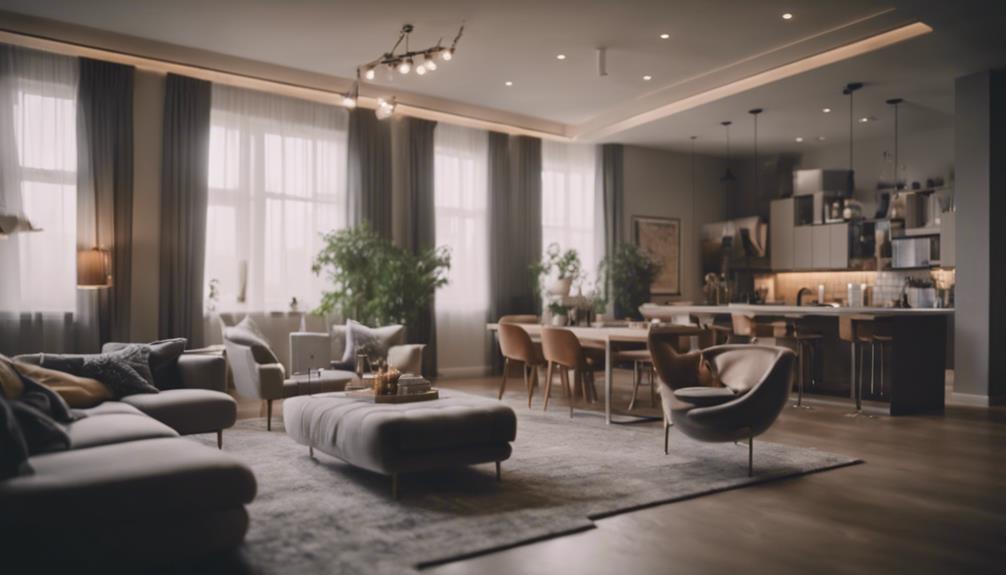
Fixed fees in interior design involve a set flat fee agreed upon before project commencement, ensuring clear cost expectations upfront. This flat fee is determined based on factors like hours worked, cost per square meter, or a percentage of the total budget. It serves as a straightforward way to outline the financial aspect of the project, giving both you and the designer a clear understanding of the financial commitment from the start.
When opting for a fixed fee structure, it's important to define the project scope clearly to avoid any misunderstandings. Contractual agreements play an essential role in this setup, as they help address any potential expansions or changes that may occur during the project. Fixed fees work best for projects with a well-defined scope, ensuring transparency and effectively managing your expectations.
Embracing this payment model can lead to a smoother design process with fewer surprises along the way.
Percentage-Based Charges in Interior Design
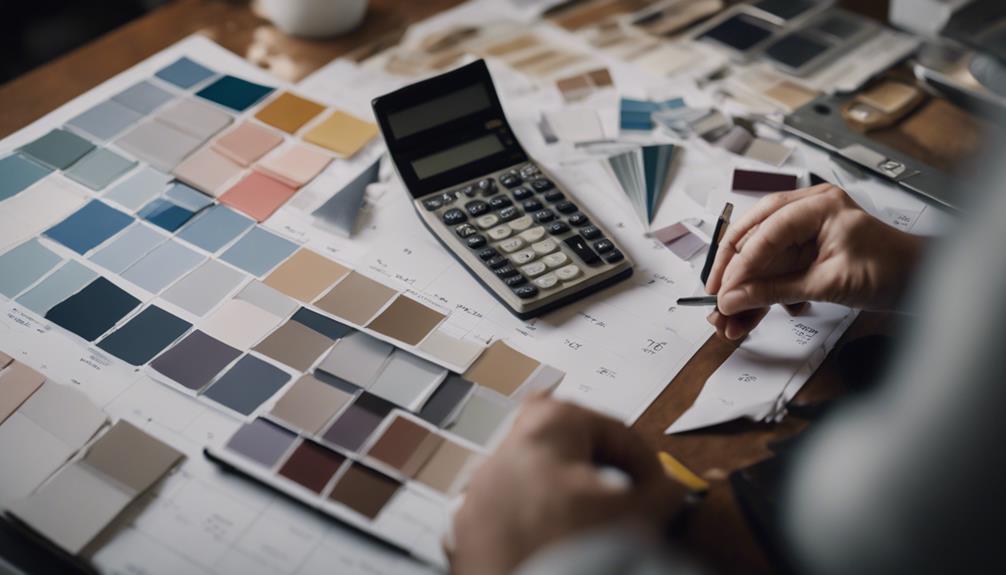
To understand how interior designers determine their fees using a percentage-based structure, consider that they typically charge a percentage of the total project cost. This method allows for flexibility, with fees usually ranging between 10% to 45% of the overall project cost. By aligning the interior design fees with the project cost, clients can have a clear understanding of how the charges are calculated. The transparency provided by percentage-based charges guarantees that clients are informed about the financial aspects of their project from the beginning.
This billing approach also simplifies the payment process, as designers often set up payment schedules that coincide with project milestones. This way, you can track progress and understand how your money is being allocated throughout the design process. Overall, percentage-based charges offer a straightforward and transparent way to determine interior design fees based on the project cost, providing a clear and structured payment plan for both you and the designer.
Retainer and Markup Practices
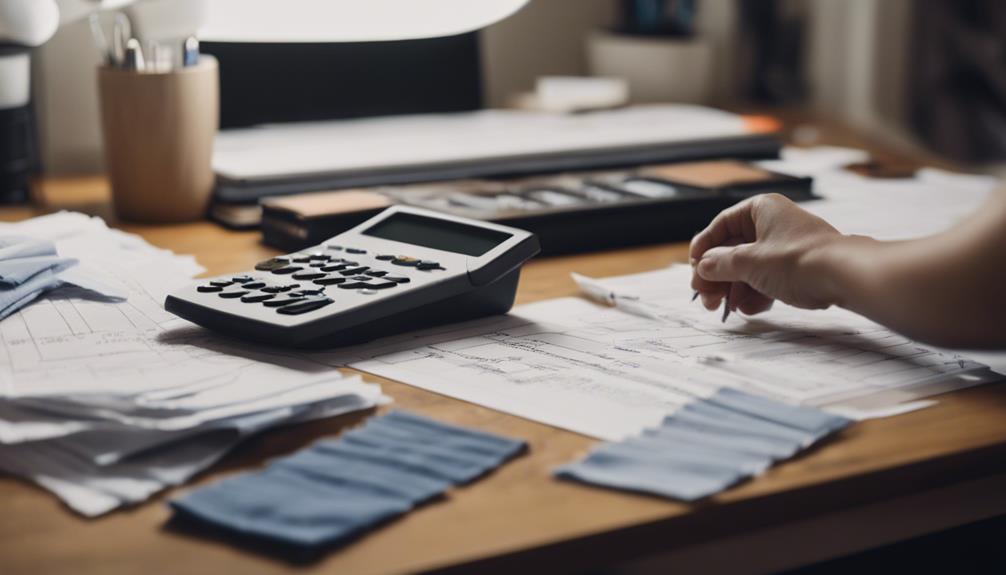
When hiring an interior designer, you may encounter terms like 'retainer fees' and 'markup percentages.'
Retainer fees serve as upfront payments to secure the designer's services, while markups are additional charges on products and services purchased for your project.
Understanding these practices can help you navigate the financial aspects of working with an interior designer more effectively.
Retainer Fees
Securing an interior designer's services at the project's start often involves paying a retainer fee ranging from $2000 to $10,000. Designers use retainer fees as upfront payments before commencing work to guarantee client commitment. These fees cover initial design costs and indicate the client's seriousness about the project.
Additionally, markup practices on products or services purchased during the project contribute to the designer's revenue stream. By combining retainer fees and markups, designers can manage cash flow effectively and maintain profitability throughout the project. This dual approach not only safeguards the designer's interests but also provides clients with a professional and structured payment arrangement that benefits both parties involved.
Markup Percentage
Interior designers commonly apply a markup percentage on purchases to account for their time, expertise, and effort in selecting and sourcing items for a project. This markup, typically ranging from 20% to 35% above wholesale prices, helps cover the costs associated with finding the perfect pieces for your space.
When working with a designer, you'll pay the wholesale price for products, along with this additional fee. Additionally, designers often request a retainer fee, which is an upfront payment securing their services before the project kicks off.
Markup percentages not only guarantee transparency in cost estimates shared with clients but also assist designers in effectively managing project-related expenses. By understanding these practices, you can better appreciate the value that designers bring to your project.
Clear Communication in Pricing

When it comes to interior design pricing, clear communication is key. You want to make sure your clients understand exactly how the costs break down and consider their budget constraints.
Transparent Pricing Breakdown
To guarantee transparent pricing breakdowns in interior design, make sure that your communication with clients includes a detailed breakdown of costs and fees. Clearly outlining the scope of work, whether it's a specific project or ongoing design services, is crucial.
Explain how your hourly rate or percentage of the project cost contributes to the overall pricing structure. By providing this information upfront, clients can better understand the value of your services and what they're paying for. Transparency in pricing builds trust and helps avoid misunderstandings.
Additionally, being upfront about any additional fees or charges related to the project ensures that both parties are on the same page. Open communication is key to creating a positive and professional relationship with your clients.
Client Budget Considerations
Considering your client's budget is essential for interior designers to tailor their services and recommendations accordingly. By understanding the financial constraints, designers can propose feasible solutions that align with the client's expectations. Clear communication on budget allows for the exploration of cost-effective design options that meet both aesthetic and financial needs. To illustrate the importance of client budget considerations, let's explore a comparison table showcasing how different fee structures offered by interior designers can impact your overall project budget:
| Fee Structure | Description |
|---|---|
| Fixed Fee | A set price agreed upon at the beginning, regardless of project scope changes. |
| Hourly Rate | Payment based on the number of hours worked on the project. |
| Percentage Fee | Fee calculated as a percentage of the total project cost. |
| Value-Based Fee | Fee determined by the value and complexity of the project, ensuring fair compensation. |
Building Trust Through Transparent Pricing

Implementing transparent pricing structures is key to building trust with clients as an interior designer. When discussing a project with a client, clearly outlining your fee structure, whether it's a flat fee, hourly rate, or a percentage of project costs, helps establish a strong foundation for your working relationship. By being upfront about how you charge for your services, clients can better understand the value you provide and feel more confident regarding the financial aspect of the project.
Breaking down costs and fees in detail further enhances transparency and credibility in your interactions. This open communication not only fosters trust but also promotes a collaborative environment throughout the design process. When clients know what to expect regarding pricing and how fees are structured, it sets a positive tone for the project and builds a sense of mutual respect and understanding. Clear and honest discussions about pricing demonstrate your professionalism and commitment to delivering exceptional service.
Importance of Documentation in Pricing
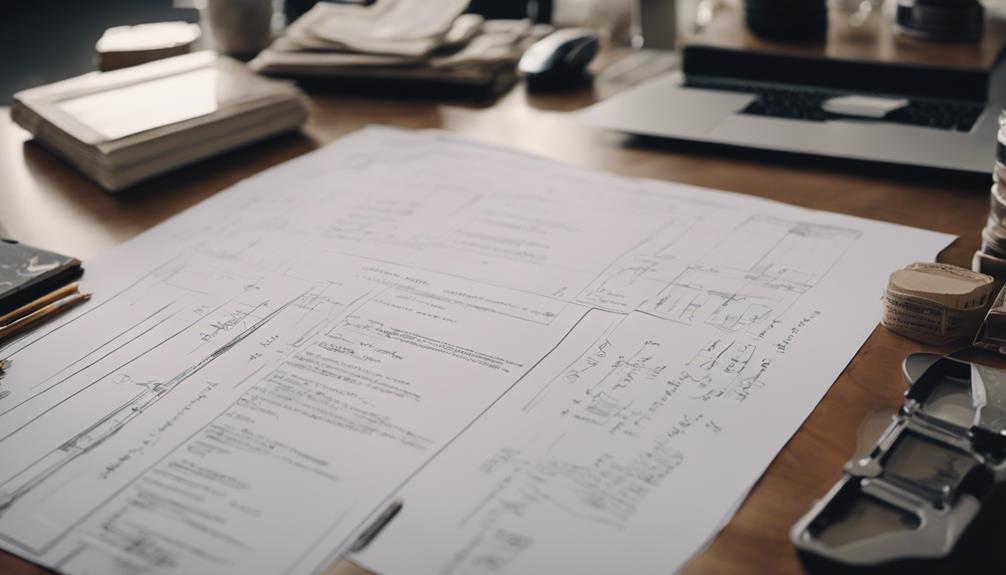
Clear documentation of all work, hours, and agreements plays an important role in guaranteeing smooth communication and preventing pricing disputes in your interior design projects. When you establish a detailed client agreement, you effectively manage revisions and define the scope of work accurately. This helps both you and your client stay on the same page throughout the project, reducing misunderstandings and potential conflicts.
Regularly reviewing and adjusting your pricing strategies is vital for the growth and profitability of your business. By setting clear arrangements with your clients, you prevent conflicts of interest and ensure transparency in pricing. Structuring your project work into phases provides better control, transparency, and efficient management of pricing. This approach allows you to track progress effectively and keep your clients informed about the costs involved at each stage. Remember, documentation isn't just about paperwork; it's about creating a solid foundation for a successful and harmonious working relationship with your clients.
Frequently Asked Questions
How Do Interior Designers Set Prices?
When interior designers set prices, they consider factors like project complexity, scope, and estimated hours for completion. Their pricing strategies may involve percentage fees, hourly rates, or flat fees.
Experience, location, and project size also influence their pricing decisions. Some designers use a combination of fee structures, including hourly rates, flat fees, and percentages on purchases.
Clear communication and documentation are key to establishing transparent pricing agreements with clients.
How an Interior Designer Should Charge?
When considering how an interior designer should charge, it's crucial to find a method that suits your project's needs and budget. Factors like hourly rates, flat fees, or percentage structures can impact your overall costs.
A clear scope and understanding of the services provided will guarantee transparency from the start. By discussing these options with your designer, you can find a charging method that works best for your unique project.
How to Calculate Interior Design Cost?
To calculate interior design costs, start by considering different pricing models such as hourly rates, flat fees, square footage charges, or a percentage of the project cost. Hourly rates usually range from $75 to $250. Flat fees require upfront calculations. For square footage, designers typically charge $5 to $17 per square foot. The percentage of the project cost can be 10% to 45%.
Clear communication and documentation are crucial to avoid misunderstandings and guarantee cost transparency.
What Is a Reasonable Budget for Interior Design?
A reasonable budget for interior design varies between $1,500 and $12,000, depending on the project's scale and complexity. Costs may include designer fees, materials, and labor.
Hourly rates generally range from $100 to $200, with some designers offering flat rates per room. Online services can charge $500 to $1,500 per room.
Keep in mind that markups on purchases, typically 10% to 30% above retail prices, are common in interior design projects.
Conclusion
To sum up, interior designers charge in various ways, such as hourly rates, fixed fees, percentage-based charges, and retainer practices.
By communicating clearly, building trust through transparent pricing, and documenting agreements, designers guarantee a smooth process for clients.
So next time you work with an interior designer, remember to discuss pricing openly and understand the different methods they may use to determine their fees.
Happy decorating!

